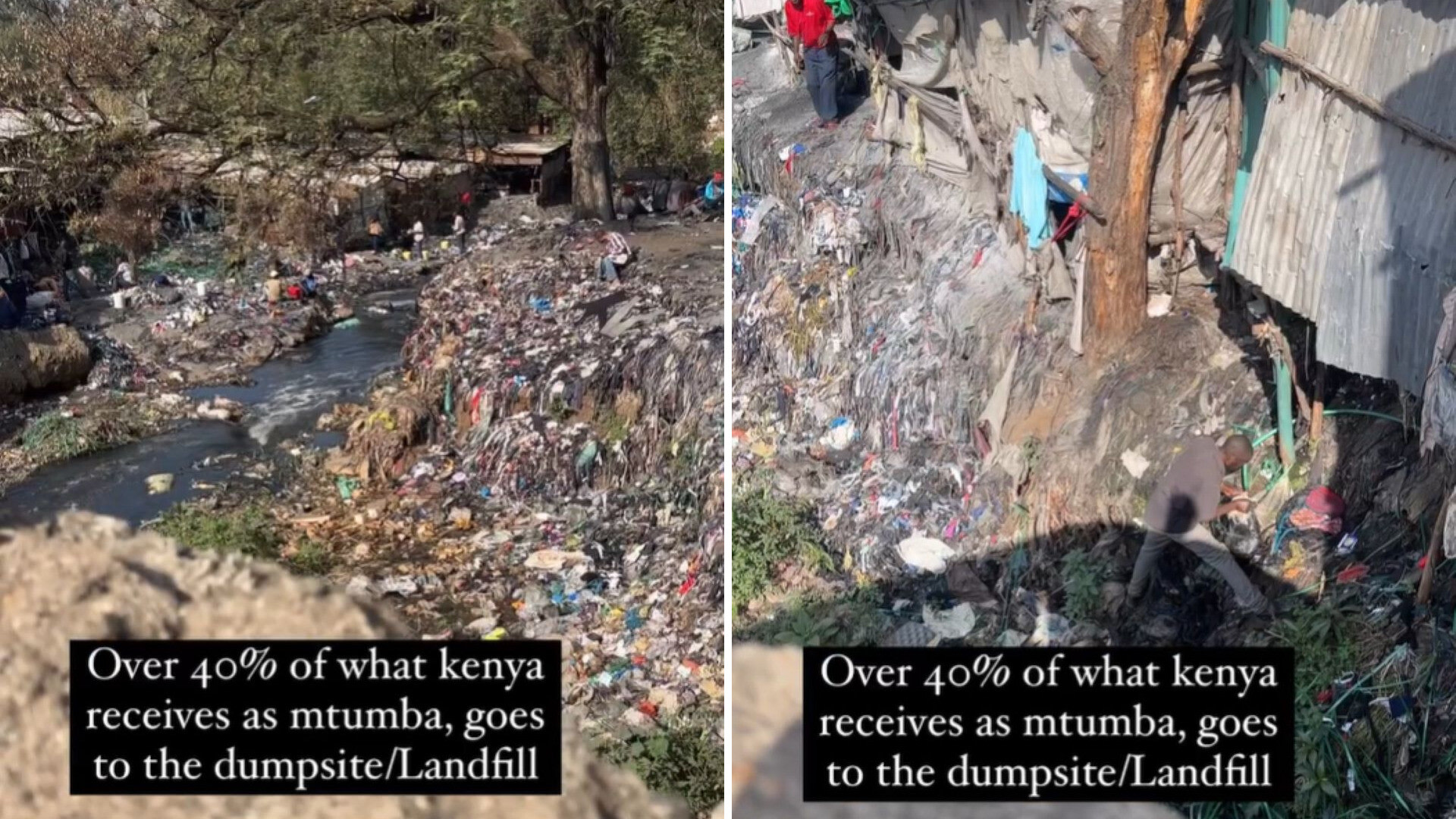In an Instagram video posted by sustainability consultant Nelly Gesare (@gesare_nelly_), a river in Kenya overflows with fast fashion waste. Textiles, plastic, and harmful chemicals from clothing are all part of the pollution harming this river and other ecosystems in other countries that have become fast fashion dumping grounds.
What's happening?
Fast fashion focuses on producing high volumes of clothing for the lowest costs possible. Shein, one of the biggest culprits of fast fashion, adds almost 3,000 new products per week on average, as reported by Business Insider.
The massive amount of clothing output has led to an incredible amount of waste, both from manufacturing and the impact it has had on consumerism, leaving people with too many clothes and a need to discard or donate them.
A report from Earth.org estimated that over 92 million tonnes (about 101 million tons) of garments end up in landfills every year. A Guardian article suggested that anywhere from 8 to 60 billion excess clothing are sent to landfills annually.
"It just feels like bad business. Why did you make so much extra stuff?" Liz Ricketts, co-founder and executive director of the Or Foundation, told the Guardian.
"The black river serves as a stark reminder of the detrimental consequences of our fashion choices," Gesare wrote in the Instagram caption.
Why is waste from fast fashion concerning?
Aside from the sheer amount of waste from the fast fashion industry, another major concern is where it ends up. Greenpeace estimated that more than half of excess and/or secondhand clothing from fast fashion is "exported for 'reuse,' mostly to East and West Africa and Eastern Europe."
The countries in these areas have become dumping grounds for fast fashion waste and deal with the polluting consequences. For example, a fast-fashion landfill in Chile has at least 30,000 tons of textile waste, according to CBS News.
"It's sad, because these clothes don't even come from here," Chilean resident Angela Astudillo told CBS.
The outlet wrote: "Inside the pile were clothes made all over the world and sold in the United States, including menswear from Alabama, H&M clothing made in Pakistan, and even a graduation sash from a high school in New Jersey."
What is being done about the impacts of fast fashion?
There is so much you can do to combat the impacts of fast fashion on our environment.
Consider purchasing or renting clothing from resale or exchange platforms like ThredUp, Poshmark, and Rent the Runway. Instead of donating clothes without knowing where they will end up, take advantage of companies with buyback programs, like The North Face and Levi's.
You can also upcycle old clothes and turn them into kitchen rags, bags, padding on furniture, and so much more.
Join our free newsletter for cool news and actionable info that makes it easy to help yourself while helping the planet.










